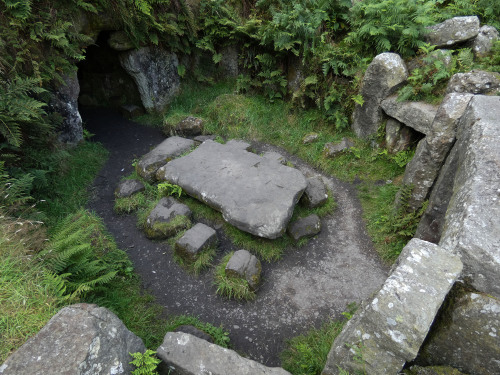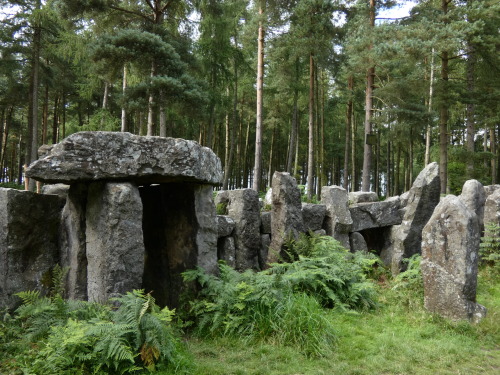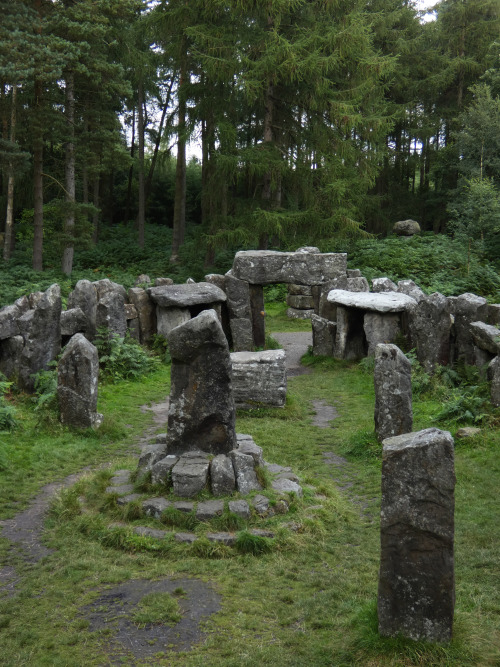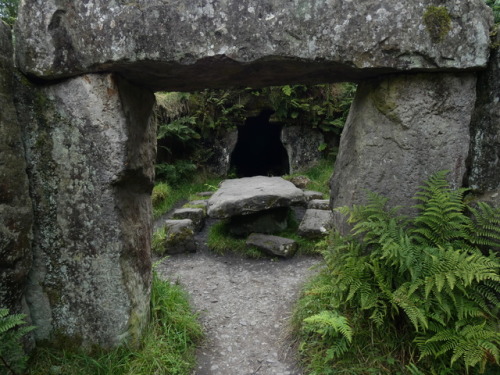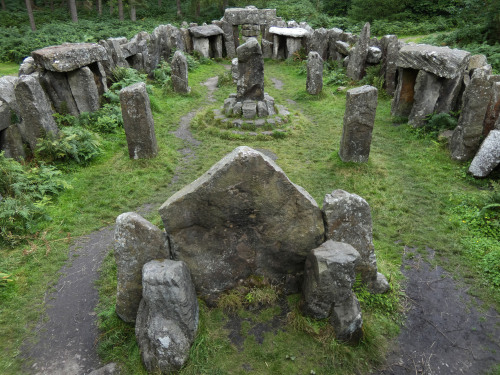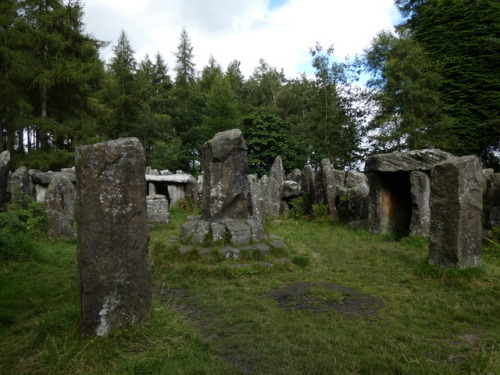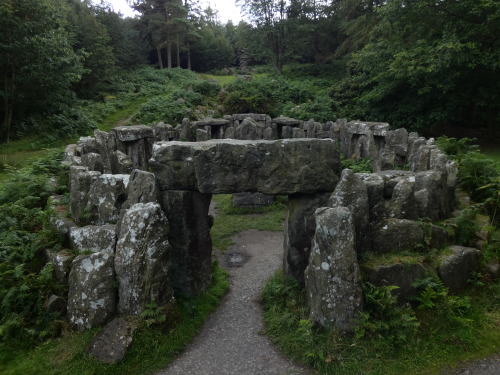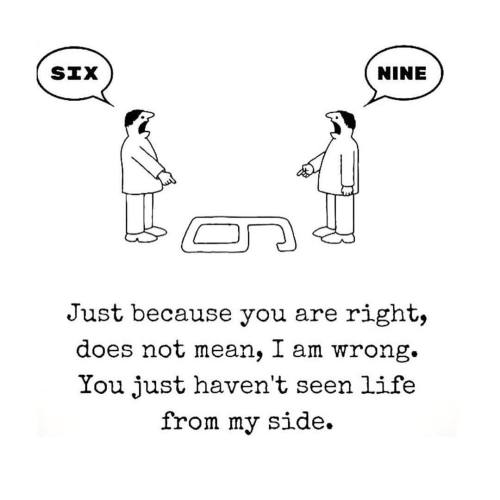I Think I’ve Had Both Of These Mindsets At Different Times
I think I’ve had both of these mindsets at different times




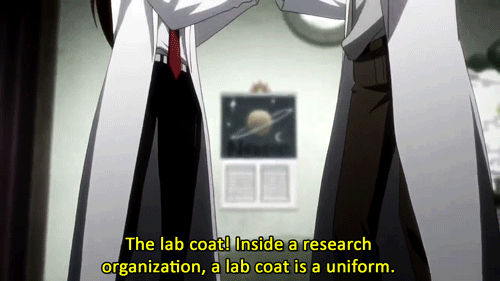




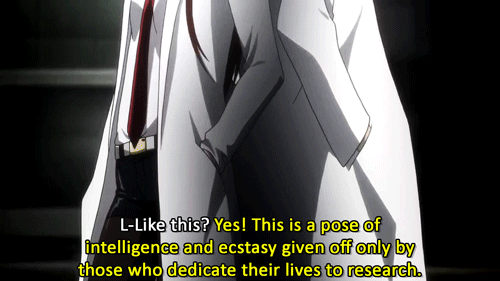
More Posts from In-pursuit-of-knowledge-blog and Others
9 Ocean Facts You Likely Don’t Know, but Should
Earth is a place dominated by water, mainly oceans. It’s also a place our researchers study to understand life. Trillions of gallons of water flow freely across the surface of our blue-green planet. Ocean’s vibrant ecosystems impact our lives in many ways.
In celebration of World Oceans Day, here are a few things you might not know about these complex waterways.
1. Why is the ocean blue?

The way light is absorbed and scattered throughout the ocean determines which colors it takes on. Red, orange, yellow,and green light are absorbed quickly beneath the surface, leaving blue light to be scattered and reflected back. This causes us to see various blue and violet hues.
2. Want a good fishing spot?

Follow the phytoplankton! These small plant-like organisms are the beginning of the food web for most of the ocean. As phytoplankton grow and multiply, they are eaten by zooplankton, small fish and other animals. Larger animals then eat the smaller ones. The fishing industry identifies good spots by using ocean color images to locate areas rich in phytoplankton. Phytoplankton, as revealed by ocean color, frequently show scientists where ocean currents provide nutrients for plant growth.
3. The ocean is many colors.

When we look at the ocean from space, we see many different shades of blue. Using instruments that are more sensitive than the human eye, we can measure carefully the fantastic array of colors of the ocean. Different colors may reveal the presence and amount of phytoplankton, sediments and dissolved organic matter.
4. The ocean can be a dark place.
About 70 percent of the planet is ocean, with an average depth of more than 12,400 feet. Given that light doesn’t penetrate much deeper than 330 feet below the water’s surface (in the clearest water), most of our planet is in a perpetual state of darkness. Although dark, this part of the ocean still supports many forms of life, some of which are fed by sinking phytoplankton.
5. We study all aspects of ocean life.

Instruments on satellites in space, hundreds of kilometers above us, can measure many things about the sea: surface winds, sea surface temperature, water color, wave height, and height of the ocean surface.
6. In a gallon of average sea water, there is about ½ cup of salt.

The amount of salt varies depending on location. The Atlantic Ocean is saltier than the Pacific Ocean, for instance. Most of the salt in the ocean is the same kind of salt we put on our food: sodium chloride.
7. A single drop of sea water is teeming with life.

It will most likely have millions (yes, millions!) of bacteria and viruses, thousands of phytoplankton cells, and even some fish eggs, baby crabs, and small worms.
8. Where does Earth store freshwater?

Just 3.5 percent of Earth’s water is fresh—that is, with few salts in it. You can find Earth’s freshwater in our lakes, rivers, and streams, but don’t forget groundwater and glaciers. Over 68 percent of Earth’s freshwater is locked up in ice and glaciers. And another 30 percent is in groundwater.
9. Phytoplankton are the “lungs of the ocean”.

Just like forests are considered the “lungs of the earth”, phytoplankton is known for providing the same service in the ocean! They consume carbon dioxide, dissolved in the sunlit portion of the ocean, and produce about half of the world’s oxygen.
Want to learn more about how we study the ocean? Follow @NASAEarth on twitter.
Make sure to follow us on Tumblr for your regular dose of space: http://nasa.tumblr.com.






NOT!Anatomy but still interesting.
I took this picture in Beijing last week, and posted it to my FB, asking followers to guess what the stick the cop was holding, was for.
One person got it right.
What is your favorite deep ocean fish?
It’s impossible to choose because there are so many great ones! Here are a few:

deep sea anglerfish

barreleye fish

ghost shark
Can we talk? Starting a career in science communication
“Here is how science is relevant and has an impact on your life, and more importantly, here is how it can empower you.” ~ Mónica Feliú-Mójer
In this week’s featured podcast, “Sci on the Fly,” our own AAAS Science and Technology Policy fellow Allyson Kennedy interviews neurobiologist Mónica Feliú-Mójer, communications and science outreach director at Ciencia Puerto Rico.
We’ll let them take it from here: bit.ly/2ITDur3

Above: Mónica I. Feliú-Mójer delivering the keynote talk at the University of North Carolina STEM Diversity conference, Credit: Katherine Gale Stember Feliú-Mójer is also associate director for diversity and communication training at NSF-funded iBiology, where she produced a series of videos that is rethinking the narrative of “diversity in science”: https://goo.gl/3xmTET Below: Allyson Kennedy, Ph.D., a developmental biologist and 2017-18 Science & Technology Policy fellow at NSF, in The Dickinson Lab at Virginia Commonwealth University, where she did her graduate and postdoctoral work, Credit: Allyson Kennedy, Ph.D.
https://www.nsf.gov/od/oia/activities/aaasfellows/bios/kennedy.jsp


Above: Kennedy at Virginia Commonwealth University, where she led one arm of a multidisciplinary project investigating the effects of e-cigarettes on embryonic development, Credit: Leah Small, VCU Public Affairs https://www.aaaspolicyfellowships.org/ Below: Feliú-Mójer filming a segment for Univision that featured Latinxs in higher education. She is showing the camera the model organism she used for her PhD research, the nematode C. elegans, Credit: Mónica I. Feliú-Mójer, Ph.D


This sheep skull I found in is particularly round! Look at that crazy nose. And its eye sockets are huge. Maybe its a different breed from the rest?
Ave Imperator! We who are about to nap salute you!












Flyover of Jupiters North Pole in Infrared via NASA https://ift.tt/2EM34s1
After an extensive talk with a wonderful confidant of mine, I have concluded that “Neat!” is not an appropriate response to an earnest confession of emotions.
-
 candented-dawn liked this · 2 days ago
candented-dawn liked this · 2 days ago -
 maltycore liked this · 3 days ago
maltycore liked this · 3 days ago -
 theknittingmermaid liked this · 3 days ago
theknittingmermaid liked this · 3 days ago -
 pemupemu liked this · 3 days ago
pemupemu liked this · 3 days ago -
 magnapinna-sp-a liked this · 3 days ago
magnapinna-sp-a liked this · 3 days ago -
 ashi-cookie liked this · 3 days ago
ashi-cookie liked this · 3 days ago -
 gilfrespecter reblogged this · 3 days ago
gilfrespecter reblogged this · 3 days ago -
 gilfrespecter liked this · 3 days ago
gilfrespecter liked this · 3 days ago -
 soulcaketuesday reblogged this · 3 days ago
soulcaketuesday reblogged this · 3 days ago -
 cardialgic liked this · 1 week ago
cardialgic liked this · 1 week ago -
 youwillremembermeforever liked this · 1 week ago
youwillremembermeforever liked this · 1 week ago -
 greeksprings reblogged this · 1 week ago
greeksprings reblogged this · 1 week ago -
 greeksprings liked this · 1 week ago
greeksprings liked this · 1 week ago -
 yhmain reblogged this · 1 week ago
yhmain reblogged this · 1 week ago -
 yhmain liked this · 1 week ago
yhmain liked this · 1 week ago -
 cutewaves liked this · 1 week ago
cutewaves liked this · 1 week ago -
 screamingvikings liked this · 1 week ago
screamingvikings liked this · 1 week ago -
 nicksuckseggs liked this · 1 week ago
nicksuckseggs liked this · 1 week ago -
 renegade-skywalker reblogged this · 1 week ago
renegade-skywalker reblogged this · 1 week ago -
 mothmansbees reblogged this · 1 week ago
mothmansbees reblogged this · 1 week ago -
 mothmansbees liked this · 1 week ago
mothmansbees liked this · 1 week ago -
 alinnsurana reblogged this · 1 week ago
alinnsurana reblogged this · 1 week ago -
 alinnsurana liked this · 1 week ago
alinnsurana liked this · 1 week ago -
 soulcaketuesday liked this · 1 week ago
soulcaketuesday liked this · 1 week ago -
 osolechuza liked this · 1 week ago
osolechuza liked this · 1 week ago -
 bloodofelves reblogged this · 1 week ago
bloodofelves reblogged this · 1 week ago -
 bloodofelves liked this · 1 week ago
bloodofelves liked this · 1 week ago -
 sunset-petals reblogged this · 4 weeks ago
sunset-petals reblogged this · 4 weeks ago -
 sunset-petals liked this · 4 weeks ago
sunset-petals liked this · 4 weeks ago -
 detectivefan liked this · 2 months ago
detectivefan liked this · 2 months ago -
 annita89q56p4bh liked this · 6 months ago
annita89q56p4bh liked this · 6 months ago -
 asukaunit02pilot liked this · 9 months ago
asukaunit02pilot liked this · 9 months ago -
 weepingfireflies liked this · 10 months ago
weepingfireflies liked this · 10 months ago -
 yoo-joonghyuks-big-naturals reblogged this · 10 months ago
yoo-joonghyuks-big-naturals reblogged this · 10 months ago -
 scarlettmaru liked this · 1 year ago
scarlettmaru liked this · 1 year ago -
 sweetmalice26 reblogged this · 1 year ago
sweetmalice26 reblogged this · 1 year ago -
 sweetmalice26 liked this · 1 year ago
sweetmalice26 liked this · 1 year ago -
 mannatea reblogged this · 1 year ago
mannatea reblogged this · 1 year ago -
 localvampirebitch reblogged this · 1 year ago
localvampirebitch reblogged this · 1 year ago -
 torterrachampion reblogged this · 1 year ago
torterrachampion reblogged this · 1 year ago -
 camishii liked this · 1 year ago
camishii liked this · 1 year ago -
 catskze liked this · 1 year ago
catskze liked this · 1 year ago -
 stigmaxoxo reblogged this · 1 year ago
stigmaxoxo reblogged this · 1 year ago -
 rangubreath liked this · 1 year ago
rangubreath liked this · 1 year ago -
 kindarosecoloured liked this · 1 year ago
kindarosecoloured liked this · 1 year ago -
 gettothedancing reblogged this · 1 year ago
gettothedancing reblogged this · 1 year ago -
 itslulustucru liked this · 1 year ago
itslulustucru liked this · 1 year ago
Once I was made of stardust. Now I am made of flesh and I can experience our agreed-upon reality and said reality is exciting and beautiful and terrifying and full of interesting things to compile on a blog! / 27 / ENTP / they-them / Divination Wizard / B.E.y.O.N.D. department of Research and Development / scientist / science enthusiast / [fantasyd20 character]
162 posts

